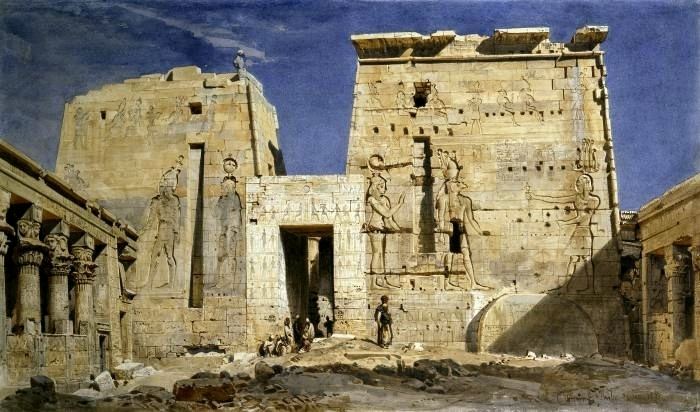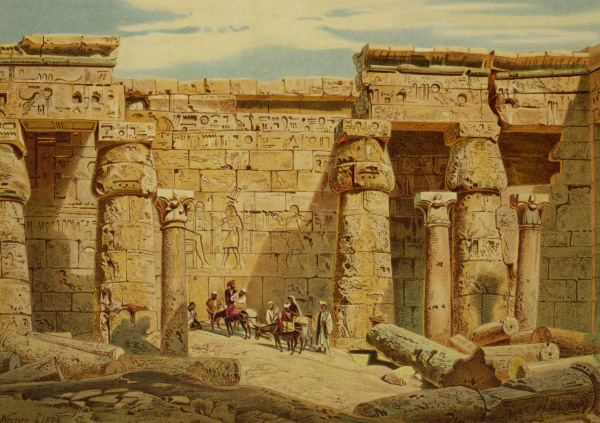Name Carl Werner | ||
 | ||
Carl Friedrich Heinrich Werner (October 4, 1808 – January 10, 1894) was a German watercolor painter.
Contents

Biography

Born in Weimar, Werner studied painting under Julius Schnorr von Carolsfeld in Leipzig. He switched to studying architecture in Munich from 1829 to 1831, but thereafter returned to painting. He won a scholarship to travel to Italy, where he ended up founding a studio in Venice and remaining until the 1850s, making a name for himself as a watercolor painter. He exhibited around Europe, in particular travelling often to England, where he exhibited at the New Watercolour Society.

He travelled through Spain in 1856-1857, in 1862 to Palestine and then to Egypt, and to the latter country he returned for a longer trip in 1864. Particularly notable were his watercolors in Jerusalem, where he was one of the few non-Muslims able to gain access to paint the interior of the Dome of the Rock. He published a large body of work in London as Jerusalem and the Holy Places, and some more watercolors from Egypt in 1875 as Carl Werner's Nile Sketches. He later travelled to Greece and Sicily, and became a professor at the Leipzig Academy, dying in Leipzig in 1894.
Works
His works include:
